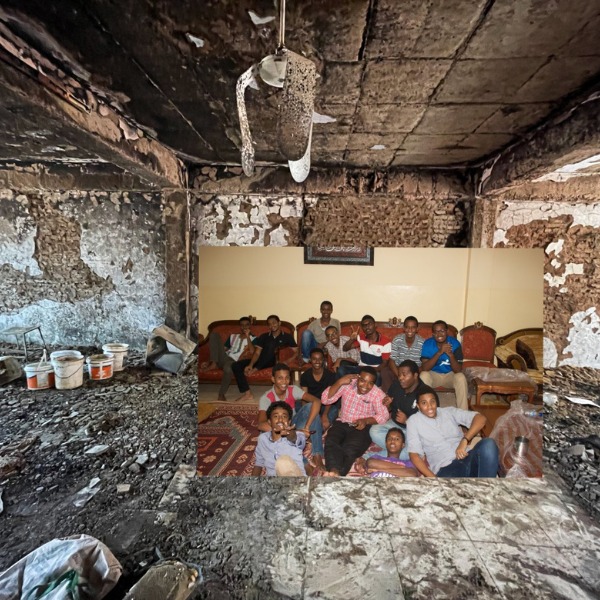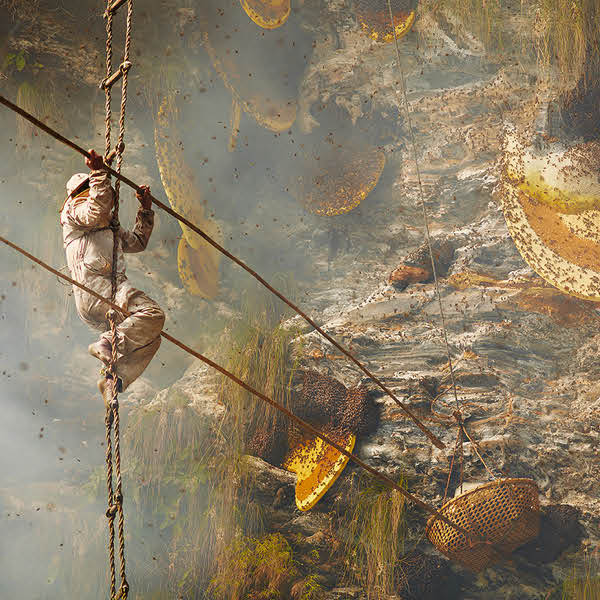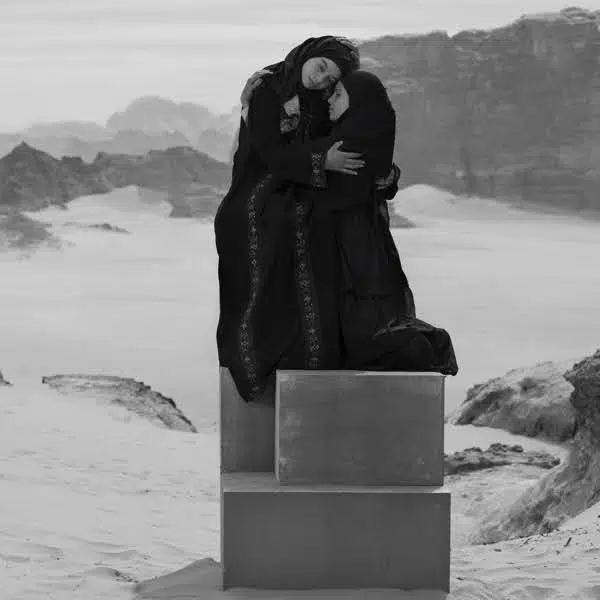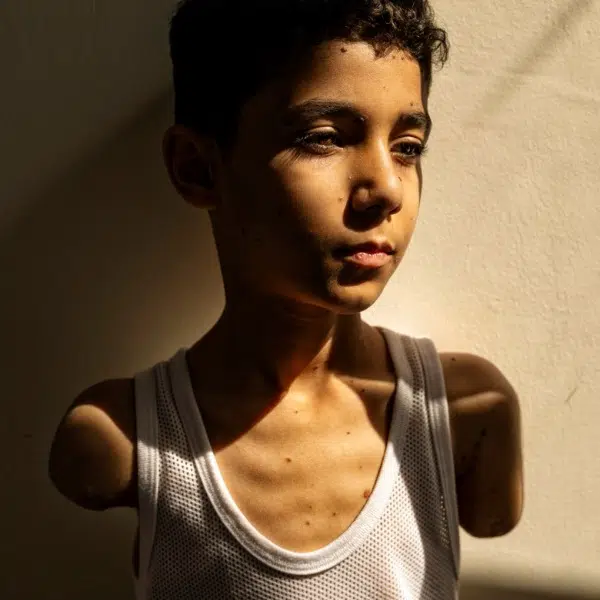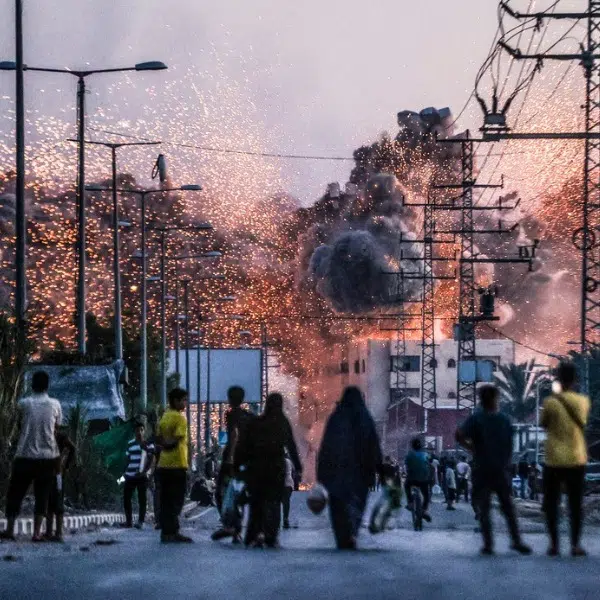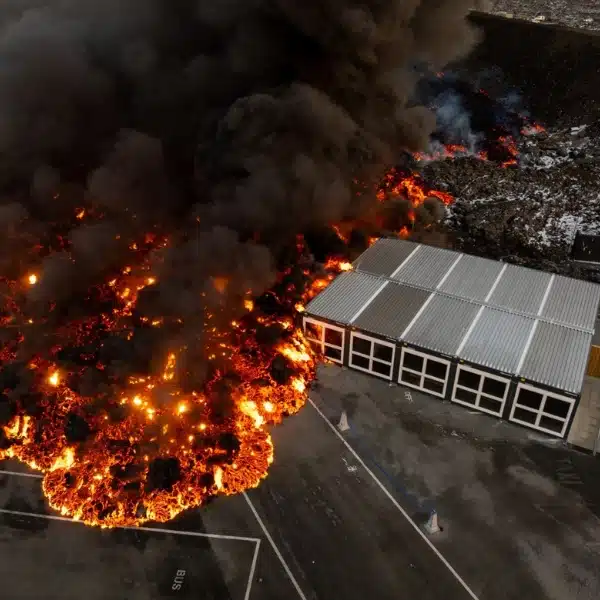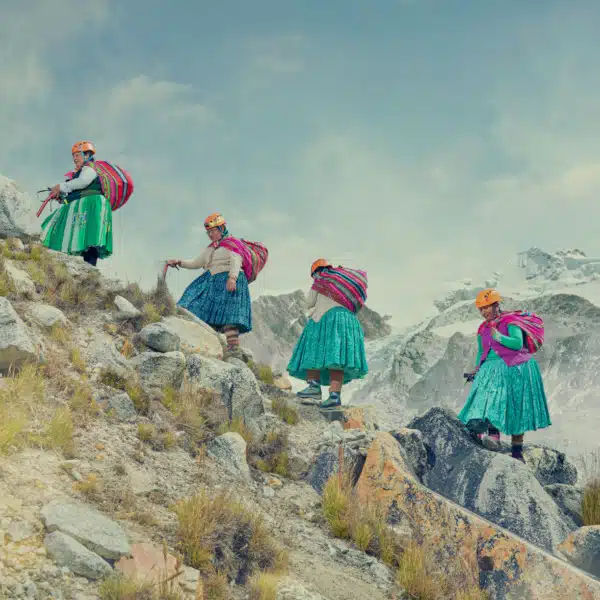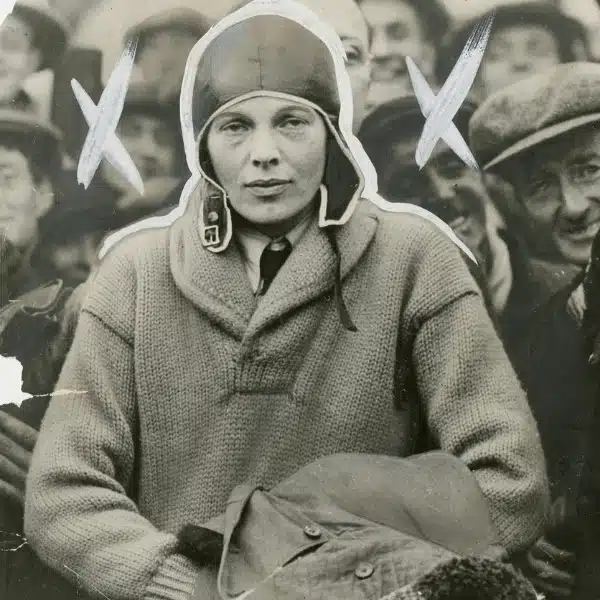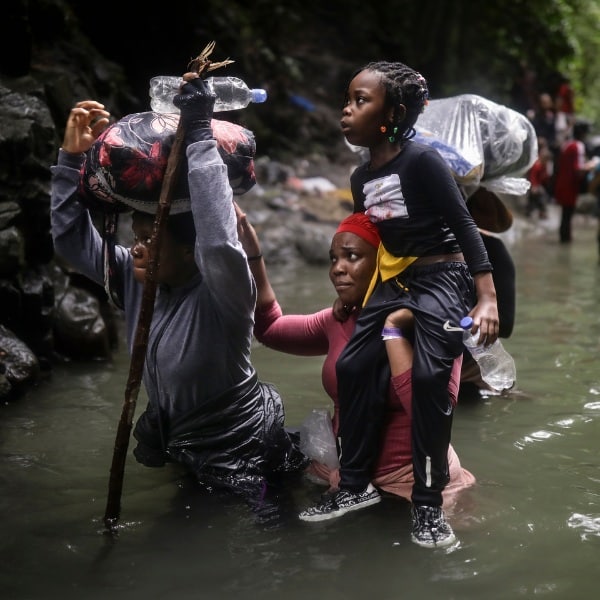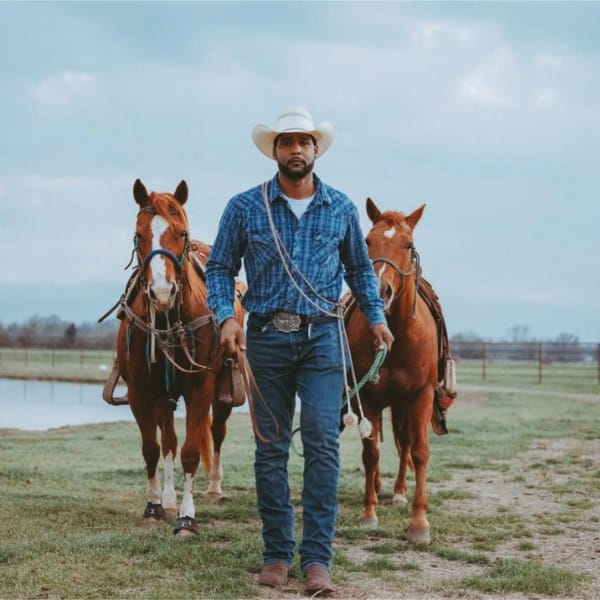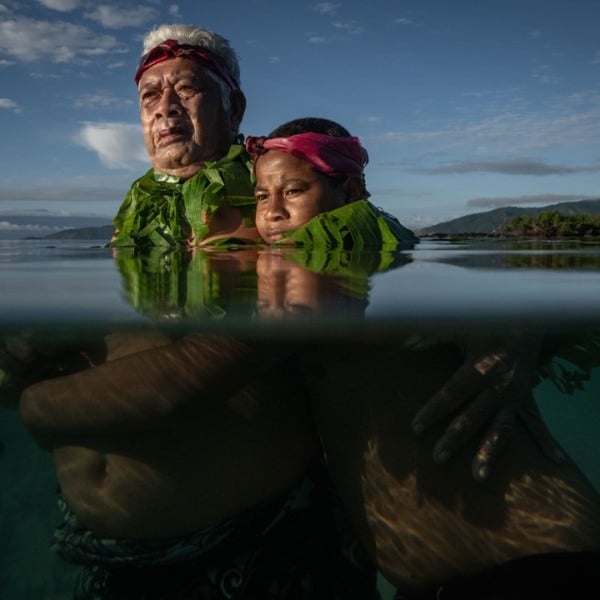
What does it look like in the coldest city in the world? Thanks to one New Zealand photographer named Amos Chapple, we won't just have to wonder. Oymyakon, Russia is the coldest place on earth where humans actually live. The small, rural town has brutal winters where temperatures can dip to minus 40 degrees Fahrenheit. The area is six time zones away from Moscow. You wouldn't guess it but neighboring Yakutsk is an economically vibrant place, mostly due to the abundance of natural resources around it, like diamonds, oil and gas. That makes it an expensive place to live in and visit.
When Chapple arrived in Oymyakon, he was struck by the emptiness of the place. The population stands at about 500 permanent residents. As he told Smithsonian, “The streets were just empty. I had expected that they would be accustomed to the cold and there would be everyday life happening in the streets, but instead people were very wary of the cold. It felt extremely desolate. It wasn't, but everything was happening indoors, and I wasn't welcome indoors.”
We got in touch with the photographer to ask him a few questions about his experience.
What was it like shooting and walking through Oymyakon and Yakutsk? What did you learn about the culture there?
Enormously tiring! I was surprised at how much energy that kind of cold saps from you. After a few hours of walking outside I was physically wrecked. Regarding the general impression, I think the biggest surprise was the level of prosperity in Yakutsk and Siberia in general. In Russia, saying your family is from Siberia hints at a wealthy background. There are families living out in the tundra of Yakutia who fish the rivers and earn enough to buy apartments in the city for their kids to live in when it comes time for their university studies.
How did the people treat you?
Oymyakon wasn't really a hospitable place. I'd expected, since it was so far for travelers to come, that there would be an openness to visitors but locals were either indifferent or drunkenly hostile.
In the city of Yakutsk, though, the people were amazing, some of the kindest, most outward-looking young people I've met anywhere. The ethnic Yakuts have a strong culture supported by a healthy economy, while the ethnic Russians are used to living shoulder to shoulder with an ethnic minority so there's none of the thuggish nationalism we associate with provincial Russia.
What did you get out of the trip?
Just a realization that there is an enormous amount of adventure still to be had out there!
What do you hope others get out of your photos?
I was just aiming to get something positive into the mainstream press, that continues to be the mission. The world ain't a bad place.

A woman clamps a mitten to her face to protect it from the cold on a minus 63 degrees Fahrenheit day in Yakutsk. In the background a statue of Lenin presides over the central square of the city.

A statue of Ivan Kraft, one of the first governors of Yakutia, stands caked in frost most of the year.

A Yakutian woman in the city center. Steam from factories, cars and people creates a thick fog in winter, which lingers through the coldest weeks.

A frost-encrusted house in the center of Yakutsk.

A local woman enters Preobrazhensky Cathedral in a swirl of freezing mist.

Summer shoes waiting out the winter in a shed in the suburbs of Yakutsk.

A toilet on the tundra at a gasoline stop on the road to Oymyakon. A sharp spire of frozen excrement rose almost to ground level from the pit beneath.

A frozen bus stop in Yakutsk.

Ice-crusted statues in a park commemorating the fallen of World War II in Yakutsk.

Cafe Cuba, a teahouse serving reindeer soup and hot tea in the wasteland between Yakutsk and Oymyakon.
Amos Chapple: Website
h/t: [Smithsonian]











































































